Three paintings by pioneering artist Gerard Sekoto (December 9, 1913 – March 20, 1993) are on view to the public at the University of Johannesburg. This is why you need to go and see them.
“All that I do, even outside South Africa, is still with the eye, the heart and the soul of the land of my birth. I must hear and listen to the cares, the joys and the gaieties which shoulder all the sufferings, injustice, greeds and hatreds… and yet still look forward into building up a future suitable to the honour of mankind.” – Gerard Sekoto in 1987 from Staffrider Vol. 7 No. 1, 1988.
This quote encapsulates what made Gerard Sekoto such an incredible artist. Yes, his painting technique and composition were brilliant, but what made them so memorable and vital was his care and deep love for people and his ability to see and represent the human condition clearly.
It is why UJ Art Gallery's recent agreement with Professor Njabulo Ndebele, former Chancellor of the University of Johannesburg, to show his father’s his father's private collection of three paintings by Gerard Sekoto, dubbed 'the inseparable three', is so important. These paintings, which depict the everyday lives of ordinary people and workers, capture the joys and tribulations of the moment in which they were painted. Sekoto's focus on the ordinary shows the pervasiveness of Apartheid and how black people were affected by it, and managed to live fulfilling lives despite it. His paintings show that it is not in grand acts where heroism is found but rather in the daily struggle to live.
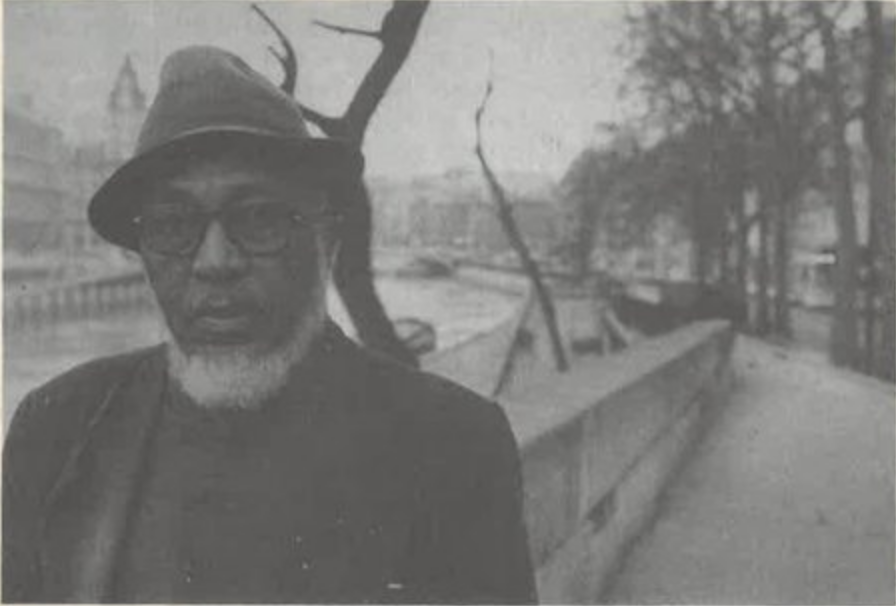
Gerard Sekoto was born in Botshabelo in what was then the Eastern Transvaal (now Mpumalanga). After graduating from Diocesan Teachers Training College in Pietersburg, he went to teach at Khaiso Secondary School. There, he met Nimrod Ndebele, Ernest Mancoba and Louis P Makenna. The friendship between these four proved incredibly generative, with Njabulo Ndebele describing it as an “unlikely, marvellous convergence of talent".
While at Khaiso Secondary School, Sekoto and Mancoba worked on their art while Ndebele wrote and produced plays in which the four friends would act. One of these plays, Ugubudele NamaZimuzimu, was the first isiZulu play to be published. Together they pushed each other to grow artistically and intellectually. Sekoto said, “There were only three people whom I allowed to peep into my work as I was painting: Louis Makenna, Nimrod Ndebele and Ernest Mancoba, because with these three I had confidence that they looked with interest, not merely out of curiosity.”
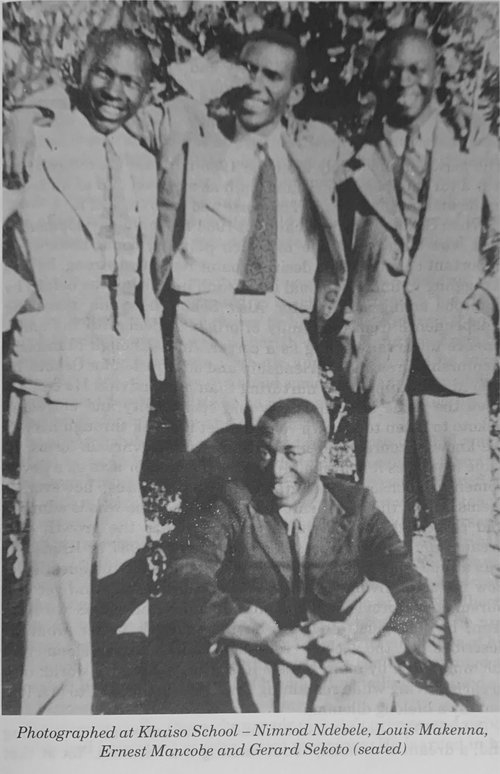
Photographer unknown. Published in A Black Man Called Sekoto by Prof N Chabani Manganyi.
The group remained close after Sekoto moved to Johannesburg to pursue his artistic career. In Joburg, Sekoto joined The New Group and developed his painting to include oils at the Gainsborough Gallery. Here, he painted the works in the inseparable three which Nimrod Ndebele bought from him in 1947, just before Sekoto moved to France.
In France, Sekoto continued to paint at night while playing the piano in a café during the day. His first solo exhibition in 1949 was not a success. After a fight with the gallery owner, he was admitted to an asylum for two months. His paintings here were some of the few which depicted French people. An underlying feeling of being disconnected in France meant Sekoto primarily worked from memory and news to continue painting scenes from South Africa. It was only in 1966, when Sekoto was exhibiting at the first Festival of Negro Artists in Dakar that Sekoto felt as if he belonged and could see things clearly.
Upon his return to Paris, Sekoto predominantly painted scenes from South African townships. While he was cut off from his subject matter, he did not choose to return, with the freedom he was afforded in France being too important. Even though he was not physically present in South Africa, the cultural impact of his works was, and is still, felt, and he never lost sight of the ideal of a better future.
The Inseparable Three
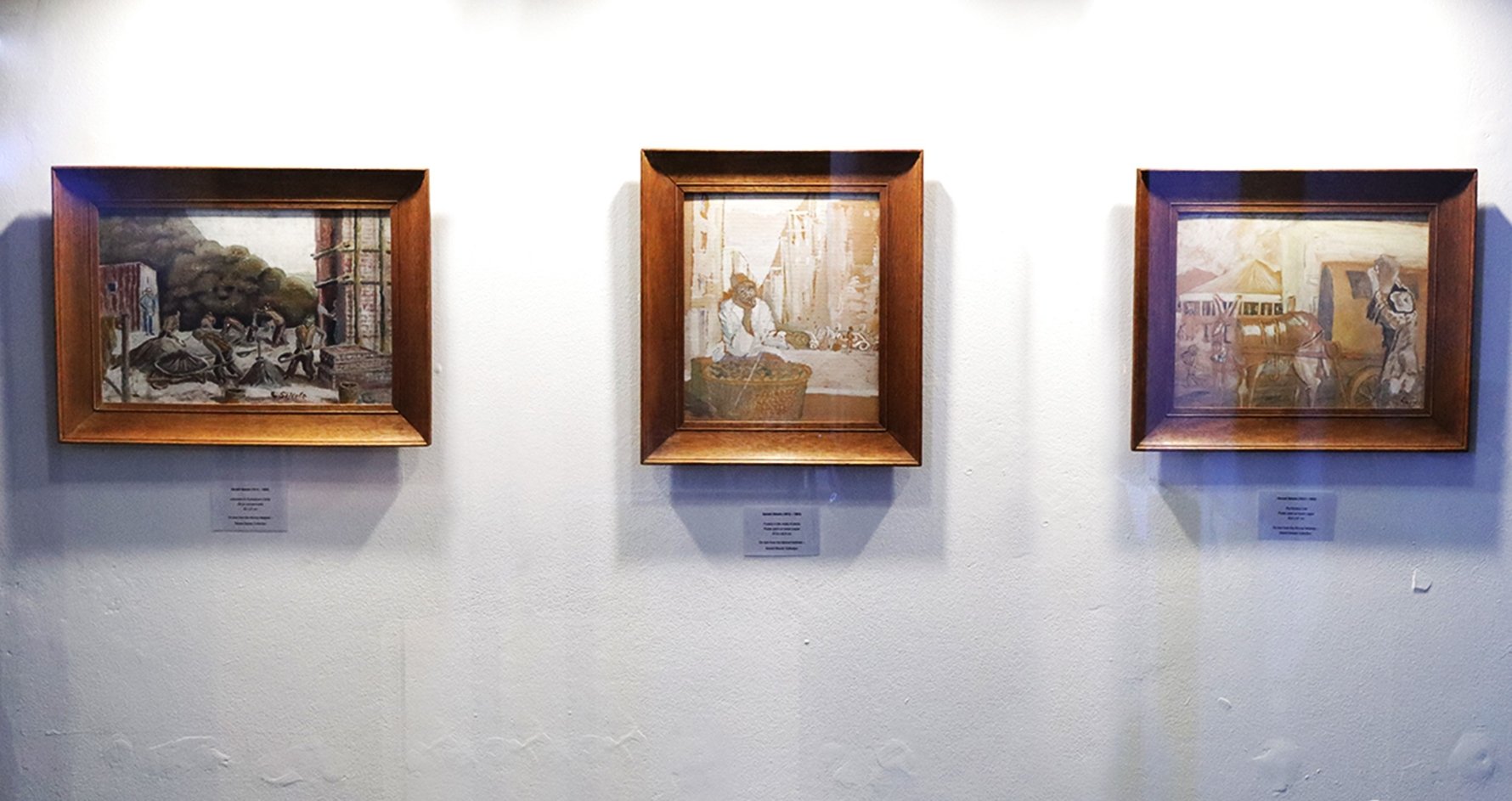
The paintings by Sekoto on display at UJ Art Gallery are Labourers in Sophiatown, The Donkey Cart and Poverty in the midst of plenty. Together they make up 'the inseparable three', so named because they would hang together, in the same order, in the living room of all of the Ndebele's family homes.
All three works are characteristic of Sekoto's focus on the ordinary and the simple, with broader narratives coming into play through his composition and detail. In Labourers in Sophiatown, this can be seen with the white man in the background presiding over the workers as they dig. Speaking on the effect that these paintings had on him growing up Professor Njabulo Ndebele says, “These three paintings have become part and parcel of my life, part and parcel of my understanding of the problems of this country because of the kinds of things which Sekoto attempted to depict.”
This quote indicates Sekoto's importance and his singular insight into the world. And the social realism which typifies his work is still just as critical today as it was when he painted the inseparable three.
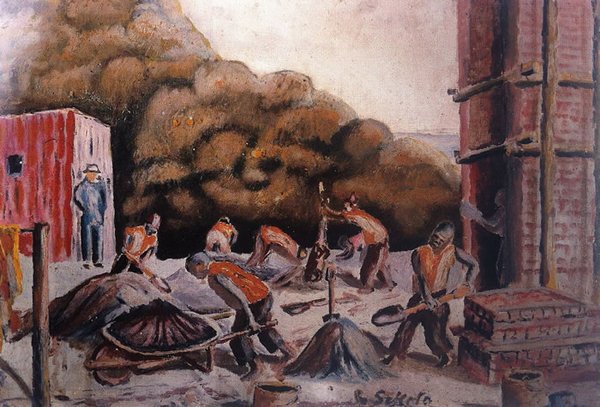
Prior to UJ Art Gallery's agreement with Professor Ndebele to display The Inseparable Three they had only been exhibited once before at Wit Arts Museum. With the agreement lasting to 2027 UJ Art Gallery ensures more people can learn from, and marvel at, Sekoto's work.
Professor Ndebele says of these paintings, “embedded in these three artworks is a wonderful sense of a historical moment, and a special relationship among friends that was as emotionally mutual as it was supportive, professional, intellectual, and artistic. They are a significant national asset.”
The Inseparable Three is on display at the UJ Art Gallery until 2027. Admission is free.


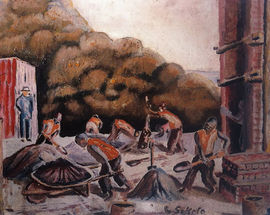
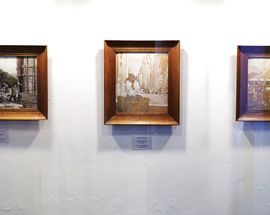
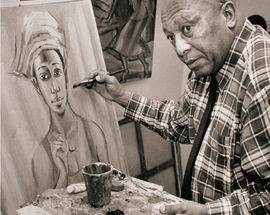


Comments